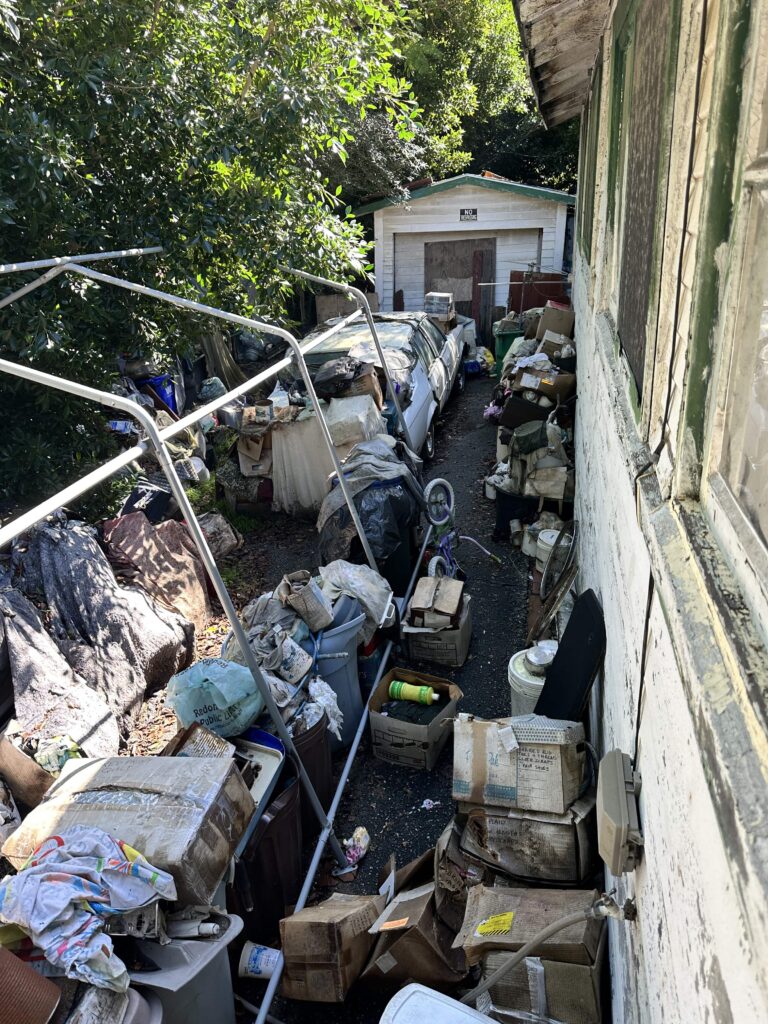Chronic disorganization (CD) affects many people. Living with CD means that you have probably spent your entire life in a state of disorganization. The concept of being organized makes sense to you. However, it is the process of getting and staying organized that may elude you. Fill out this questionnaire to determine if you are chronically disorganized.
Hoarding is a bit more complex. It is a neuro-behavioral disorder that is characterized by three main features: 1) the accumulation of and inability to discard a large number of objects that seem to be useless or of limited value; 2) extensive clutter in living spaces that prevents the effective use of spaces; and 3) significant distress or impairment caused by hoarding behavior. (Bratiotis & Schmalisch, 2011).
Put another way, people who hoard have the same kind of stuff that is found in every home; they just have a lot more of it. The amount of stuff may impair access to hallways and rooms, exits and entrances. People who hoard can have rooms that are no longer being used for what they were intended. They may walk along “goat trails” in their home where passage through or between rooms is difficult to navigate. Stuff may be piled up to the ceiling – either in the middle of the room, or along the walls. Getting rid of the stuff is difficult, painful, and anxiety-provoking. People who hoard may experience the loss of friends, and family members because the folks they love and are close to are frustrated by their inability to help clear the clutter. Clutter becomes the enemy because it seems that the person who hoards is choosing the “stuff” over their loved one.
If you feel that you or someone close to you may have a hoarding problem, I encourage you to check out the Clutter-Hoarding Scale.


Dr. Regina F. Lark is a nationally recognized expert in hoarding remediation, chronic disorganization, and severe household clutter. Based in Los Angeles, she provides expert witness services for legal cases involving hoarding behaviors, unsafe living conditions, property disputes, and diminished capacity due to extreme clutter. Download more information…
Unfortunately, science has not advanced enough to find a cure for hoarding behavior. What has been shown to be effective is close work with a Cognitive Behavioral Therapist (CBT) and a professional organizer, and/or a team of people who love and care for the person who hoards to help them clear enough stuff so that safety and good health may find a place in the cluttered space.



Total clear-outs (such as we see on cable TV) are usually not in the best interest of the person who hoards. Still… sometimes state or local agencies will cite particularly over-crowded areas if these areas threaten the health and welfare of children, seniors, or pets who may be living in or around the hoarded area.
I can help! As a Board Certified Professional Organizer and a Specialist in hoarding disorders and Chronic Disorganization, I am able to: